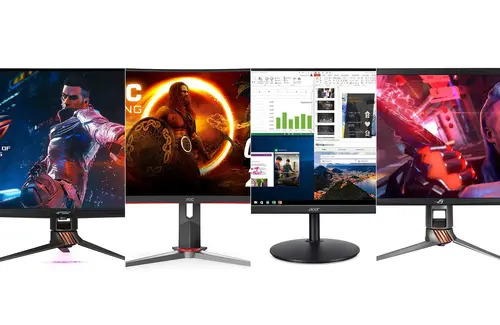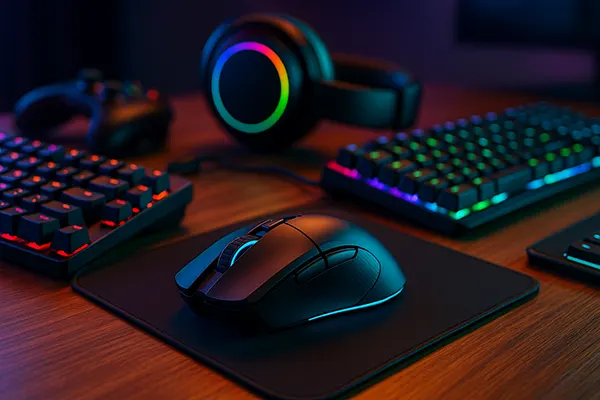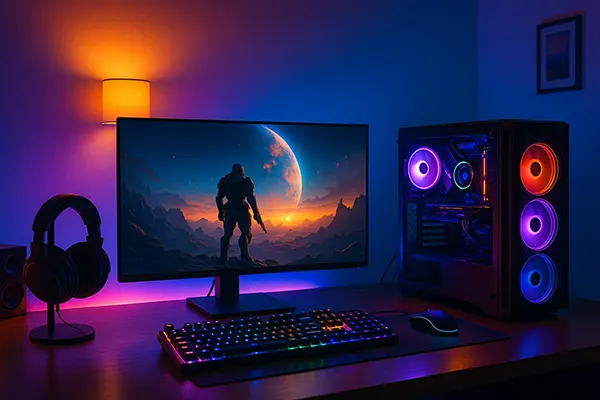
Gamer’s Guide to Choosing the Perfect Monitor
When it comes to gaming, the monitor is your window into countless virtual worlds. A subpar screen can mar even the most breathtaking of landscapes, while a top-tier monitor can bring pixelated ghosts to life. But how do you choose the right gaming monitor? This article breaks down the essentials, guiding you towards an informed decision that elevates your gaming experience.
The first two factors, screen size (diagonal) and resolution, interplay to determine the visual detail and field of view. Larger screens offer immersive experiences, but without corresponding high resolution, images can appear pixelated. For screens 24″ or below, Full HD (1920×1080) suffices. For up to 27″, consider Quad HD (2560×1440), and for larger screens, aim for 4K (3840×2160).
Next, let’s discuss monitor panels. There are three main types – TN, IPS, and MVA/VA. TN panels, known for their low response times and high refresh rates, are perfect for competitive gaming. However, they offer subpar viewing angles and color reproduction. IPS panels, conversely, provide vibrant colors and wide viewing angles, ideal for visually rich games. MVA/VA panels strike a balance, offering better color reproduction and viewing angles than TN, but not quite matching IPS’s performance.

The monitor’s response time, or how quickly it changes pixel color, impacts motion blur and image ghosting. Lower is better here – a response time of 1ms to 5ms is suitable for gaming.
Brightness and contrast influence image clarity. Brightness, measured in nits, should ideally be 300 or higher for comfortable viewing in various lighting conditions. Contrast ratio is the difference between the darkest and lightest colors a monitor can display. A higher ratio means deeper blacks and brighter whites – for gaming, aim for at least a 1000:1 contrast ratio.
Next, the refresh rate – how frequently the monitor updates with new images – is crucial for fast-paced games. A higher refresh rate leads to smoother gameplay. Opt for monitors with at least 75Hz, but for competitive gaming, 144Hz to 240Hz is more desirable. G-Sync (NVIDIA) and FreeSync (AMD) technologies sync the monitor’s refresh rate with the graphics card output, reducing screen tearing and providing a smoother experience.
Screen coverage, the amount of color space a monitor can display, impacts color accuracy and vibrancy. For professional-grade color accuracy, consider monitors covering at least 99% of the sRGB color space.
The curved vs. flat monitor debate is primarily subjective. Curved monitors offer immersive experiences and reduce eye strain by keeping all points of the screen equidistant from the eyes. However, they are typically more expensive. Flat monitors, on the other hand, are more common, affordable, and suitable for most gaming needs.
In conclusion, the perfect gaming monitor is a blend of technical specifications and personal preferences. Your choice should align with your gaming style, budget, and the types of games you enjoy. The right monitor not only enhances your gaming experience but also gives you a competitive edge. After all, in the world of gaming, every frame counts.




